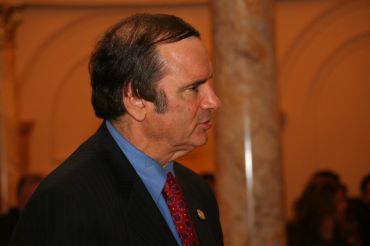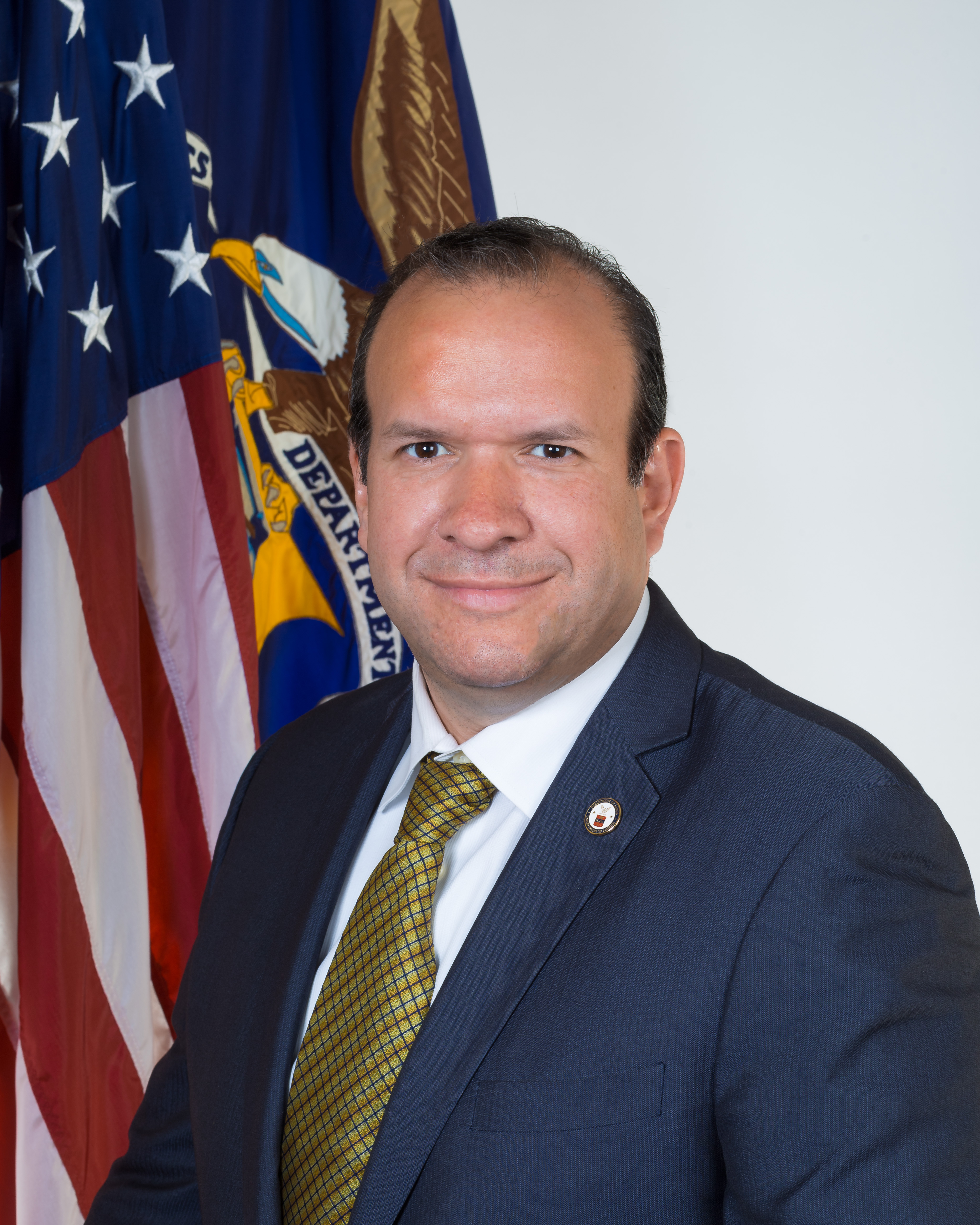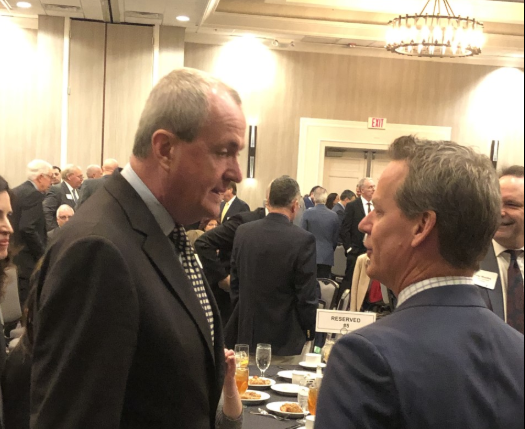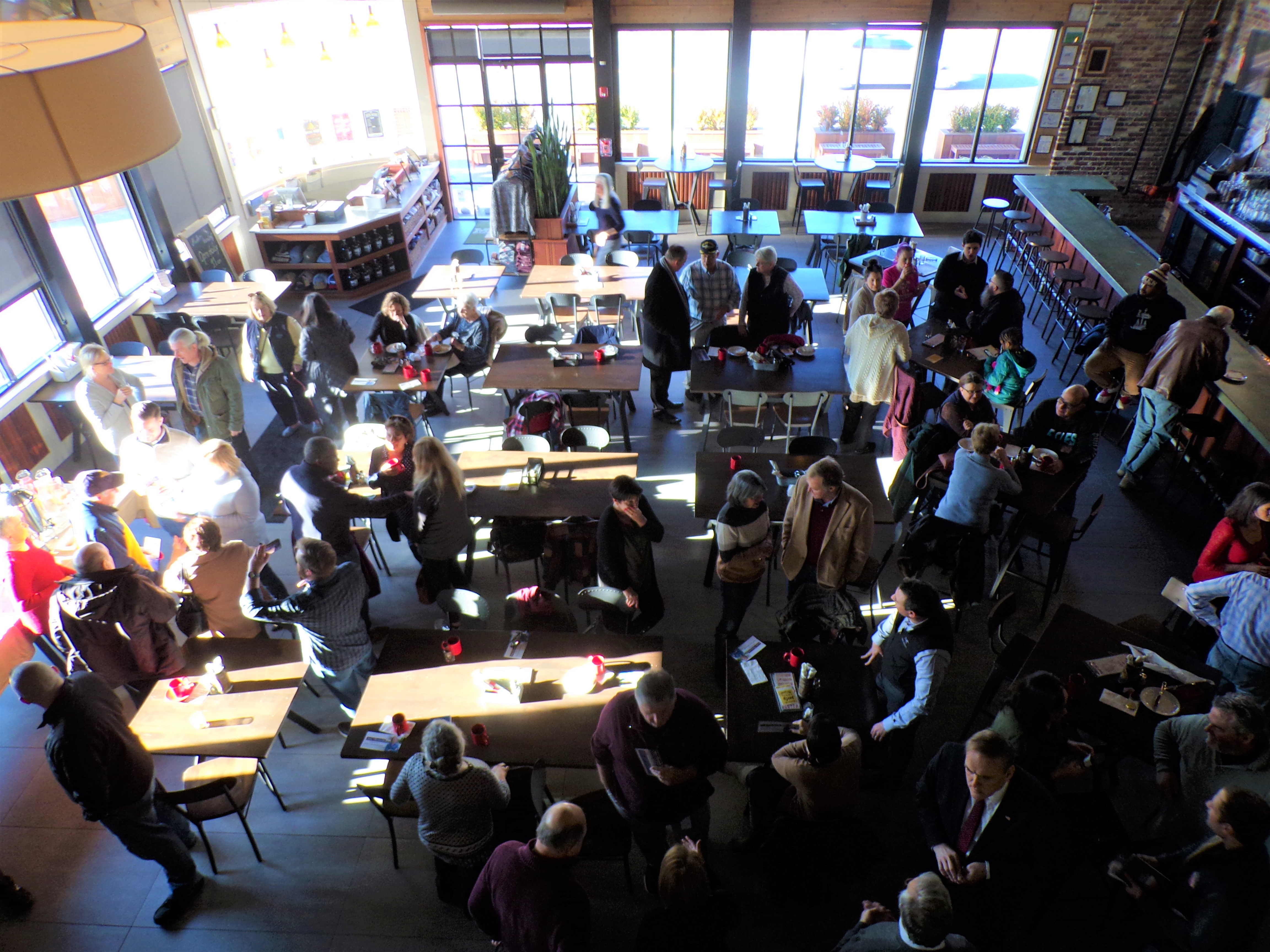Fort Lee is a borough at the eastern border of Bergen County, New Jersey, United States, in the New York City Metropolitan Area, situated atop the Hudson Palisades. As of the 2010 United States Census, the borough’s population was 35,345, reflecting a decline of 116 (−0.3%) from the 35,461 counted in the 2000 Census, which had in turn increased by 3,464 (+10.8%) from the 31,997 counted in the 1990 Census. The borough is the western terminus of the George Washington Bridge and is located across the Hudson River from the Manhattan borough of New York City. Named for the site of an early American Revolutionary War military encampment, it later became the birthplace of the American film industry.
According to the United States Census Bureau, the borough had a total area of 2.888 square miles (7.478 km2), including 2.541 square miles (6.581 km2) of land and 0.347 square miles (0.898 km2) of water (12.00%).
The borough is situated atop the escarpment of the Hudson Palisades on the peninsula between the Hackensack and Hudson rivers. The borough is bisected by the confluence of roads at GWB Plaza leading to the George Washington Bridge.
Unincorporated communities, localities and place names located partially or completely within the borough include Coytesville, Palisade and Taylorville.
The borough borders Cliffside Park, Edgewater, Englewood, Englewood Cliffs, Leonia, Palisades Park, Ridgefield. and the Washington Heights neighborhood of Upper Manhattan. Given its evolving cosmopolitan ambiance and adjacent proximity to Manhattan, Fort Lee is one of Northern New Jersey’s Hudson Waterfront communities that has been called New York City’s Sixth Borough,
Fort Lee is named for General Charles Lee after George Washington and his troops had camped at Mount Constitution overlooking Burdett’s Landing, in defense of New York City. It was during Washington’s retreat in November 1776 (beginning along a road which is now Main Street) that Thomas Paine composed his pamphlet, The American Crisis, which began with the recognized phrase, “These are the times that try men’s souls.” These events are recalled at Monument Park and Fort Lee Historic Park.
Fort Lee was formed by an act of the New Jersey Legislature on March 29, 1904, from the remaining portions of Ridgefield Township. With the creation of Fort Lee, Ridgefield Township became defunct and was dissolved as of March 29, 1904. The Fort Lee Police Department was formed under borough ordinance on August 9, 1904, and originally consisted of six marshals.
The history of cinema in the United States can trace its roots to the East Coast where, at one time, Fort Lee was the motion picture capital of America. The industry got its start at the end of the 19th century with the construction of Thomas Edison’s “Black Maria”, the first motion picture studio in West Orange, New Jersey. New Jersey offered land at costs considerably less than New York City, and the cities and towns on the North River (Hudson River) and Hudson Palisades benefited greatly as a result of the phenomenal growth of the film industry at the turn of the 20th century.
Film-making began attracting both capital and an innovative workforce, and when the Kalem Company began using Fort Lee in 1907 as a location for filming in the area, other filmmakers quickly followed. In 1909, a forerunner of Universal Studios, the Champion Film Company, built the first studio. They were quickly followed by others who either built new studios or who leased facilities in Fort Lee. In the 1910s and 1920s, film companies such as the Independent Moving Pictures Company, Peerless Studios, The Solax Company, Éclair Studios, Goldwyn Picture Corporation, American Méliès (Star Films), World Film Company, Biograph Studios, Fox Film Corporation, Pathé Frères, Metro Pictures Corporation, Victor Film Company, and Selznick Pictures Corporation were all making pictures in Fort Lee. Such notables as Mary Pickford got their start at Biograph Studios.
With the offshoot businesses that sprang up to service the film studios, for nearly two decades Fort Lee experienced unrivaled prosperity. However, just as the development of Fort Lee production facilities were gaining strength, Nestor Studios of Bayonne, New Jersey, built the first studio in Hollywood in 1911. Nestor Studios, owned by David and William Horsley, later merged with Universal Studios; and William Horsley’s other company, Hollywood Film Laboratory, is now the oldest existing company in Hollywood, now called the Hollywood Digital Laboratory. California’s more hospitable and cost-effective climate led to the eventual shift of virtually all filmmaking to the West Coast by the 1930s. At the time, Thomas Edison owned almost all the patents relevant to motion picture production. Movie producers on the East Coast acting independently of Edison’s Motion Picture Patents Company were often sued or enjoined by Edison and his agents, while movie makers working on the West Coast could work independently of Edison’s control, in part due to the Ninth Circuit Court of Appeals–which was headquartered in San Francisco and covered most of Southern California–being well known not to enforce patents claims.
Television and film in New Jersey remains an important industry. Since 2000, the Fort Lee Film Commission has been charged with celebrating the history of film in Fort Lee, as well as attracting film and television production companies to the borough.
Source: Wikipedia














